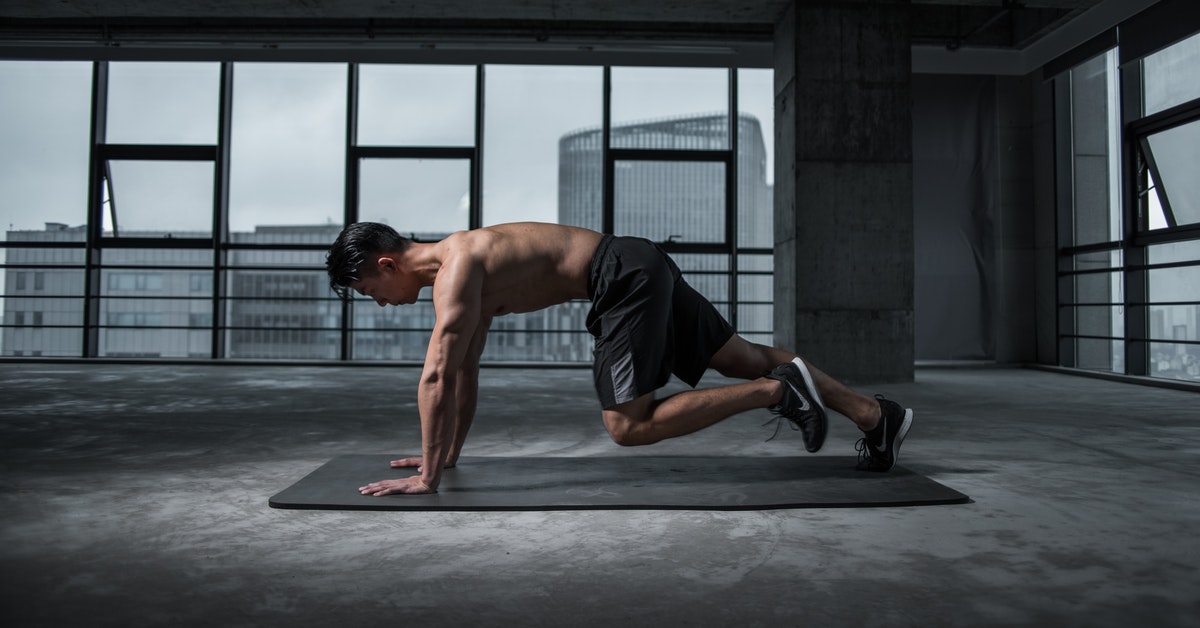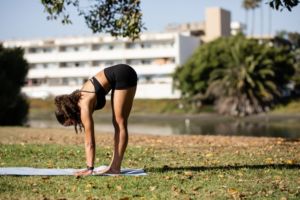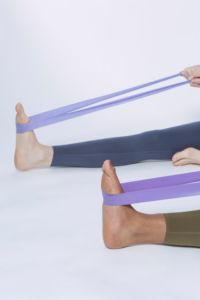
Back pain puts a wrench in any workout routine, and for those who are out of shape, not exercising can worsen back pain. Many back injuries happen because core muscles in the back and abdomen are weak and can’t protect the spine. Strengthening these muscles will help to stabilize your back, reduce pain and prevent injury. Here are the best exercises to try (and some to avoid) when your back hurts.
*If you have a back injury, check with your healthcare provider before performing any exercise.
What Muscles To Target
A strong core is vital to back health. Core muscles include several muscle groups that stabilize your spine, support internal organs and assist with balance and coordinated movement. Thanks to our sedentary lifestyles, many Americans have weak core muscles. A weak core puts you at risk of injury. You may also struggle to perform well if you start working out because core muscle strength is necessary for many exercise routines. People with a history of back pain and injury and those who aren’t in good overall shape can benefit from focusing on their core muscle strength for a few weeks before pursuing other strength training routines.
Exercises to Avoid
There are several exercises and stretches that put a strain on spinal discs and ligaments. Most people should avoid these, especially those already dealing with back pain. Here are a few to watch out for:
Toe Touches: Touching your toes while standing is a common stretch most of us did in gym class, but it’s hard on your lower back. This position stresses spinal discs and ligaments and may overstretch your lower back muscles and hamstrings. Try a seated toe touch instead, and make sure to progress slowly. It’s okay if it’s a “calf-touch.”
Sit-Ups and Crunches: These exercises are good for your abdominal muscles but should be avoided if you have back or neck pain. When your injury heals, you may be able to do a partial crunch (ask your doctor first). A partial crunch brings your shoulders just off the floor and then back down. Never pull on your neck with your hands or lead with your elbows. Your lower back should touch the mat at all times.
Leg Raises: Leg raises are a good core exercise, but they aren’t for beginners or people with very weak cores. Only try this exercise if you have a moderately strong core and your doctor approves it.
Superman: The Superman exercise is great for strengthening lower back muscles but shouldn’t be performed by someone with a back injury or very weak core.
Exercises to Try
Hamstring Stretches: This stretch is good for the hamstrings and the hip flexors. Stiff hip flexors and hamstrings often contribute to lower back pain.
Lie on your back and bend one knee. Loop a towel or workout strap over the ball of your foot, straighten your leg and gently pull on the towel. Your leg should be straight overhead with your foot coming towards your head. If you can’t straighten your leg all the way, don’t force it, just do the best you can and progress slowly.
Wall Sits: Wall Sits strengthen core and thigh muscles.
Stand with your back to a wall and pretend you are sitting without a chair. Your back should be flat against the wall. Slide down so your knees are bent, and press your lower back to the wall. Hold for 8 to 10 seconds, then slide up the wall to stand. Repeat a few more times.
Bird Dogs: This exercise teaches you how to stabilize your low back while moving your arms and legs. It also works the abdominal and back muscles.
Start on your hands and knees and tighten your stomach muscles. Lift one leg out straight behind you and try to hold it for a few seconds. Come back to your starting position and then extend the other leg. If this is easy for you, try extending your opposite arm along with your leg. (So your right leg and left arm would both be extended.) keep switching off until you’ve extended each leg 8 to 12 times.
Pelvic Tilts: This exercise strengthens abdominal muscles and stretches your lower back.
Lie on the floor with your knees bent. Tense your abdominal muscles so that you feel your back press into the floor and your hips and pelvis rocking back. Hold for 10 seconds while breathing in and out higher up in your chest. Release and repeat 8 to 12 times.
Advancing Your Routine
With guidance from your physical therapist, you can add more advanced exercises into your routine as you heal. If you take a Pilates or yoga class, be sure to tell the instructor you’ve been dealing with a back injury so they can modify the routine for you. As you progress, pay attention to your body. Slight discomfort when beginning an exercise is normal, but anything beyond that is a sign to stop. If you feel pain at the site of your injury for more than fifteen minutes after your workout, you should consider taking it easier next time.
Cardio exercises, especially low-impact ones like cycling and swimming, are also great while you’re healing. They help increase blood flow and discourage excess inflammation. Cardio activities are great mood-lifters if you feel depressed due to your injury.
Comprehensive Back Pain Treatment in Houston
At Vanguard Spine & Sport, we offer physical therapy, chiropractic care, and state-of-the-art treatments like cryotherapy and PRP injections, all under one roof. Our therapists can guide you through working out with an injury and help you prevent future injuries. Schedule a consultation today to find out how professional care can make a difference in your healing process.





